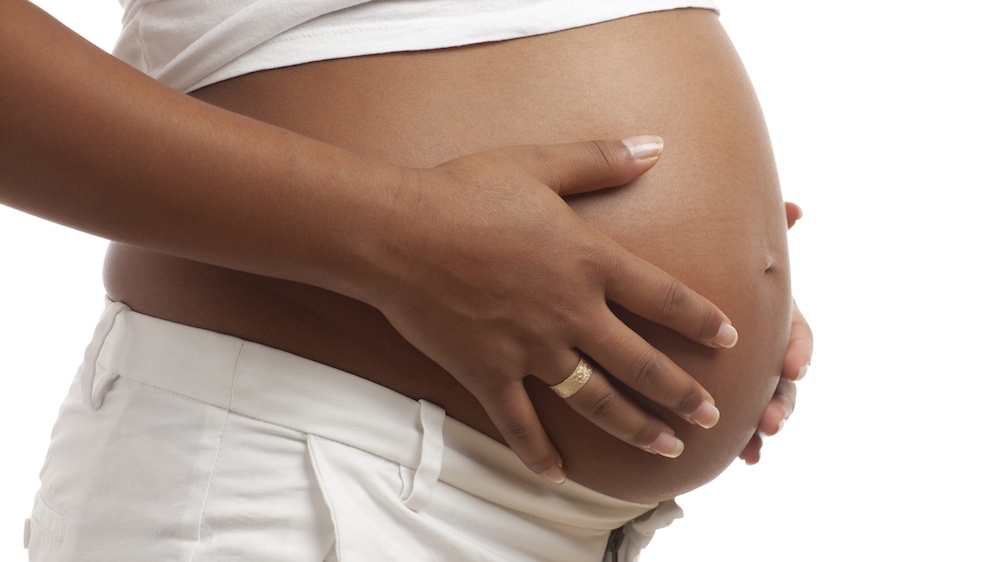If you’re interested in sharing your opinion on any cultural, political or personal topic, create an account here and check out our how-to post to learn more.
Opinions are the writer’s own and not those of Blavity's.
____
Let’s face it, COVID-19 has had a huge impact on the entire world. One specific group that experienced the pain in the change of health care was women. The impact of the pandemic not only made it difficult for women to access their appointments, but it also contributed to the pre-existing conditions and burdens that often lead to their mortality.
Pre-COVID, Maternal mortality experienced a spike, rising from a rate of 17.4 per 100,000 to 20.1 per 100,000. There’s no surprise that researchers suggest that the group affected most by maternal mortality during the COVID-19 pandemic would be Black women. If we wanted to break down the layers that contribute to the high rates of maternal mortality in Black women, we would have plenty to discuss — the biggest issue being systemic racism.
The rate at which Black people were affected by COVID shows the depth of racism’s effects on health. During the pandemic, in-person appointments specifically were found to be difficult to attend, despite the reassurance that was often provided by providers. Picture being pregnant during the middle of a pandemic in a country where your risk of mortality is already high because of the color of your skin. Black people have been dying from pregnancy-related issues at a higher rate than other ethnic groups for a long time due to various aspects dating back to slavery.
The Sustainable Development Goal of reducing maternal mortality globally by the year 2030 is an optimistic one. Suggestions toward improving maternal mortality in the states specifically include improving data selection, postpartum coverage and even “race stratified data.” States like California have made it their mission to address the issue by providing hemorrhage carts to hospitals to prevent mortality. But is it enough to provide a cart in the obstetric wing of the hospital? Is it enough to keep researching the issue?
Although we like to think of medicine as the driving factor, how deep does the issue of maternal mortality go? During the pandemic, Black people were the group most likely to be classified as essential workers as well as the group with the highest rates of unemployment. How does unemployment relate to health care? How does health care access relate to women’s health? They are all interconnected and some of the few reasons why Black women are dying — both during the pandemic and before.
The birthing process for Black women during the pandemic showed how systemic racism and health disparities amongst Black women could be further exacerbated. Differences in economic status, preexisting health conditions and access to health care are all reasons why the rate of maternal mortality in Black women is still high. I suspect COVID-19 research in the near future will show proof of conditions that have existed all along. Public Health researchers may use this added burden of COVID-19 to discuss why Black women’s maternal mortality rate was 44 deaths per 100,000 in 2019 and remains high.
Black maternal mortality has a deeper root, however. It’s the lack of concern when a Black woman explains her pain. It’s the workforce that she was “born” into. It’s the lack of proper education provided in Black communities. It’s the lack of prenatal clinics in Black communities. It’s the burden of disease in Black communities. It goes beyond blaming Black women’s health. It goes beyond medicine. Instead of pointing out the obvious, researchers still dance around the root of Black maternal mortality — systemic racism.
